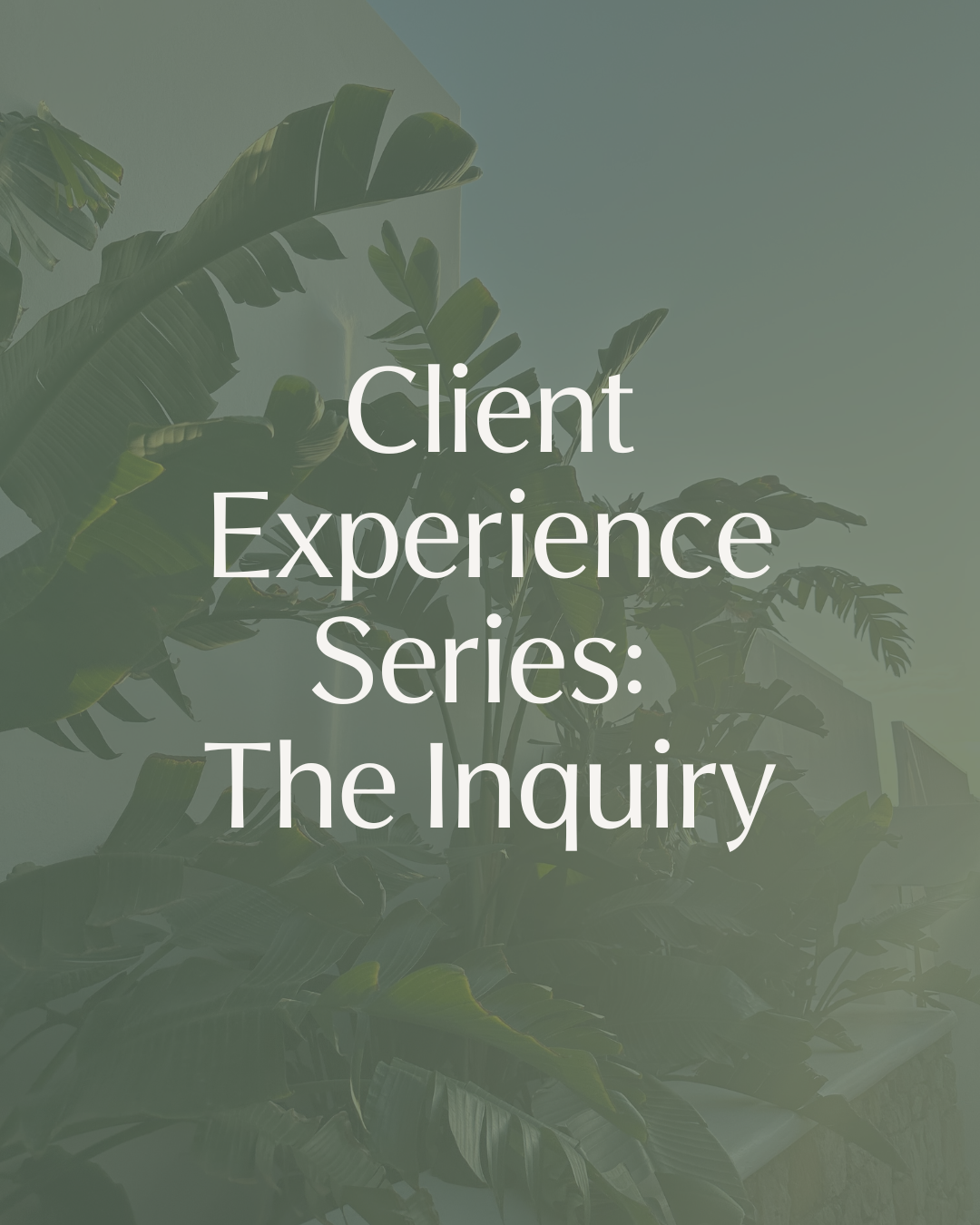If you have not implemented a general workflow in your business, now is the time to do so! Whether you choose the DIY route or take advantage of Tique’s resources, adding niche-specific workflows will allow you to serve different clientele in different areas of the world. This episode breaks down how to create a niche-specific workflow in just five steps.
1. Define the lifecycle of a booking
Before crafting the content for your client experience workflow, including emails and forms, it’s crucial to establish a robust roadmap for the traditional client booking process. Begin by thoroughly outlining each step involved, from the initial consultation to personalized itinerary curation, booking arrangements, and addressing special requests. Define clear communication points to keep clients informed and anticipate and plan for potential challenges. With this roadmap as your foundation, you can then develop tailored content for each stage of the client experience workflow, ensuring alignment with the defined steps and objectives, ultimately enhancing the quality of service and streamlining your workflow.
To streamline your process, we recommend using a tool like our Client Communication Templates. This product provides a general workflow and is easily transformed into whatever niche and audience you are working to target.
2. Create a process map
To transform this outlined roadmap into a practical process map, you can start by visualizing each step as a distinct node or block in the map. Connect these nodes with clear arrows to indicate the flow of the booking process, ensuring that the sequence of actions is logical and easy to follow. Within each node, provide detailed descriptions of the tasks and activities involved, including any necessary documentation or communication materials such as emails, forms, or checklists. Additionally, consider using color-coding or visual cues to highlight critical touchpoints, potential challenges, and decision points along the way. A well-structured process map derived from this roadmap will serve as a valuable visual guide for both you and your team, helping streamline operations, ensure consistency, and provide a seamless and exceptional client booking experience.
3. Outline the touchpoints
Utilizing the process map as a guide, the creation of templated emails and forms for essential touchpoints in the client experience becomes a streamlined process. Begin by identifying crucial communication points from the map, such as consultations, booking confirmations, and follow-ups. As mentioned, our Client Communications Templates already provide this!
Once you have the general workflow created, outline the specific content requirements for each niche touchpoint. Craft professional and brand-aligned email templates, incorporating placeholders for dynamic information. Simultaneously, design user-friendly forms for tasks like gathering client details. Tailor these templates and forms according to individual client needs, employing automation tools where possible. Maintain consistency in tone and branding, test for functionality, and collect feedback for refinements.
Crafting a niche-specific workflow is imperative for trimming time because it allows travel advisors to focus exclusively on the unique needs, preferences, and challenges of their target clientele, streamlining the booking process and minimizing unnecessary steps. By tailoring the workflow to a specific niche, advisors can work more efficiently, provide more specialized services, and ultimately save time while delivering a highly personalized experience.
4. Create educational literature
Creating branded and educational assets, such as printable documents, is a powerful way for travel advisors to elevate the client experience while simultaneously establishing boundaries through professional education. These assets, adorned with your branding, not only exude professionalism but also build trust with clients. They serve as educational tools, offering destination guides, travel tips, and itineraries that empower clients and showcase your expertise. Moreover, these assets can set clear expectations by outlining policies, streamlining communication, and efficiently managing client expectations. Personalization adds a unique touch, and post-travel feedback forms foster ongoing communication. Ultimately, these assets contribute to a client-centric approach, enhancing their experience and ensuring that boundaries are effectively communicated and respected.
5. Implement the workflow
The next crucial step is to seamlessly integrate the created workflow and assets into the travel advisor’s chosen Customer Relationship Management (CRM) platform or email hub. This implementation ensures that the entire client experience process, including communication, documentation, and task management, is efficiently managed within a centralized system. Begin by uploading the email templates and forms into the CRM or email hub, ensuring that they are easily accessible when needed at various touchpoints. Configure automation settings to trigger emails or forms at specific stages of the client journey, streamlining communication and reducing manual efforts. Additionally, organize client data and interactions within the CRM, allowing for personalized and data-driven communication. Regularly update and optimize the workflow based on client feedback and evolving needs, ensuring that the integration enhances efficiency and supports the delivery of a seamless and exceptional client experience.
A CRM that allows you to implement forms and emails while automating your process, is TravelJoy! For 50% off your first three months, use Tique’s affiliate link HERE.
Want to learn more? Tune into the episode to hear all about creating your own niche-specific workflow!






Comments +